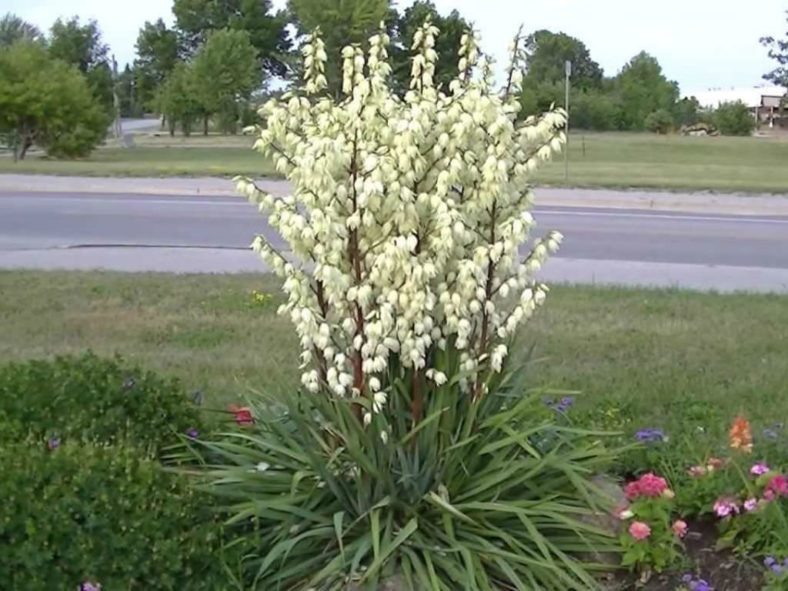Yuccas are drought-tolerant plants native to the hot, dry areas of the Americas and the Caribbean. Lately, these unusual plants have become very popular as garden additions.
With more than 40 species and two dozen subspecies, these interesting plants come in various sizes, appearances, and shapes, adapted to an impressive range of climates. All have long, sharp leaves and flowers that form clusters at the end of a stalk. The stalk grows taller than the rest of the plant and stands out.
Too much water can cause problems that lead to a lack of blooms.
1. Keep these plants outdoors only in USDA Plant Hardiness Zones 4 to 9, depending on the species. Otherwise, you must grow Yuccas indoors, as too much moisture can lead to leaf-spotting fungi. Many species can handle cold winters, but not wet winters. It is best to grow Yucca as an indoor-only plant where winters are wet.
2. Plant your Yucca in soil that drains quickly. To do this, you can mix regular potting soil with sand in equal parts.

3. Water once a month and let the soil stay dry for the rest of the month.
4. Keep your Yuccas in full sun year-round. Potted, indoor Yuccas need to be positioned near a window.
5. Cut the flower stalks at the base with gardening cutters once the bloom is over. Old stalks left on the plant may prevent future blooms.
Depending on the species, it can take several years for a Yucca to have its first bloom. When the plant is not damaged by too much moisture, it should bloom eventually. However, some species have a lifespan of 100 years or more and can take decades to bloom for the first time.
Source: sfgate.com
Links
- Back to genus Yucca
- Succupedia: Browse succulents by Scientific Name, Common Name, Genus, Family, USDA Hardiness Zone, Origin, or cacti by Genus